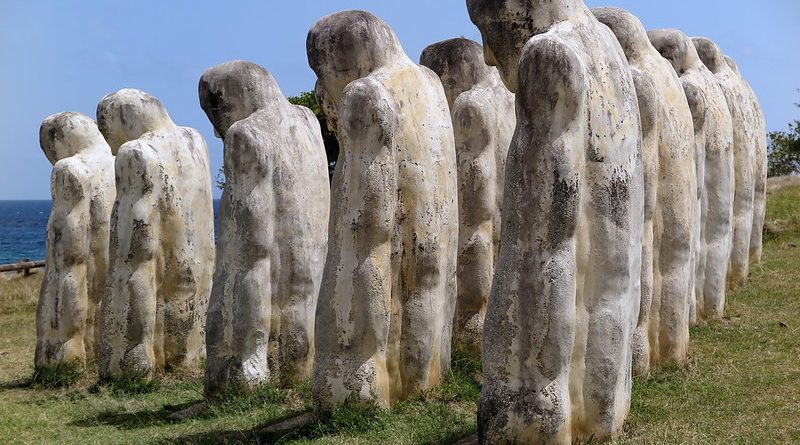Heroes and Villains: Slavery in Martinique
At FORT-DE-FRANCE, in Martinique today, you find turn of the-century buildings housing French cafes and designer boutiques. In fact, the inhabitants of Martinique are French citizens with full political and legal rights.
Martinique’s most famous colonial daughter was the Empress Josephine. She gained her fame as the lover and wife of former French Emperor and military genius Napoleon Bonaparte.
Empress Josephine may be a famous historical figure, but she is not a loved one. Many believe she was directly responsible for convincing Napolean to continue slavery in the French West Indies so that her family plantation in Trois-Ilets would not suffer.
Slavery remained a part of Martinique well into the 1800s, when glutted markets and the introduction of sugar beets on mainland France eroded the price of sugarcane and the aristocratic plantation owners began to lose their money and power. This was just the opportunity Viktor Schoelcher, the leader of the French abolitionist movement, was waiting for.
In 1829, during a trip to Mexico, he discovered slavery in the Caribbean. And in 1830 he published an Anti-Slavery. Manifesto.
In 1848 he was appointed chairman of the Committee for the abolition of slavery by the Government the French formed after the 1848 Revolution..
The decree abolishing slavery was promulgated on April 27, 1848. And four months later, Victor Schoelcher was elected deputy of Guadeloupe and Martinique.
Reelected in 1850, he opposed the coup by Louis Napoleon Bonaparte and was obliged to live in exile.
He died on December 26, 1893. In 1949, his ashes were transferred to the Pantheon in Paris.




